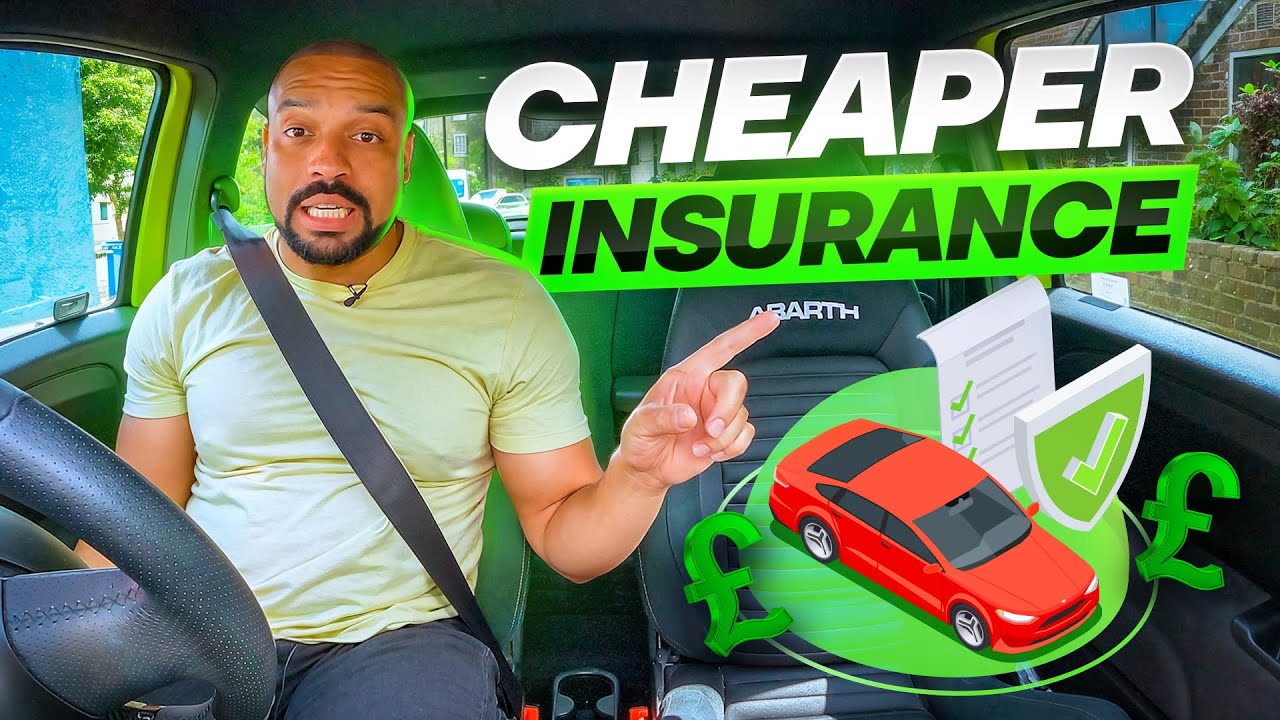Car insurance can feel like one of life’s necessary evils—you need it, but paying for it every month can feel like a drain on your wallet. The good news? With a little effort and the right strategies, you can lower your premiums without pulling your hair out. Here’s a user-friendly guide to getting cheaper car insurance without the headache.
1. Shop Around and Compare Quotes
Don’t settle for the first car insurance policy you come across. Prices and coverage vary significantly between insurers, so shopping around is your best bet for finding a better deal. Use online comparison tools to get multiple quotes in minutes. You’d be surprised how much you can save by switching providers.
Pro Tip: Look Beyond Price
When comparing quotes, make sure you’re comparing similar coverage levels and deductibles. A cheaper policy might mean less coverage—and that could cost you more in the long run.
Additional Advice:
- Check customer reviews and ratings for insurers to ensure you’re working with a reputable company.
- Pay attention to hidden fees or exclusions that could impact your coverage.
2. Bundle Your Policies
If you’ve got multiple types of insurance, like home or renters insurance, consider bundling them with the same provider. Many insurers offer significant discounts when you combine policies. It’s a win-win: you simplify your life and save money.
Extra Tip:
Ask your insurer about bundling options even if you’re not ready to switch your other policies. They might still offer competitive rates.
3. Adjust Your Deductible
Your deductible is the amount you pay out of pocket before your insurance kicks in. Increasing your deductible can lower your monthly premium. Just make sure you have enough savings to cover the higher deductible in case of an accident.
Consider This:
- Use a savings account specifically for emergencies to cover a higher deductible if needed.
- Review the deductible-to-premium ratio to ensure the savings are worth it.
4. Maintain a Good Driving Record
Safe driving pays off. Most insurance companies offer discounts for drivers with clean records. Avoid accidents, tickets, and claims to keep your premium as low as possible.
Pro Tip: Defensive Driving Courses
Some insurers provide discounts if you complete an approved defensive driving course. It’s a small investment of time that could lead to big savings.
Extra Insight:
- Many insurers also reward drivers who go several years without filing a claim.
- Consider telematics programs that reward safe driving habits.
5. Take Advantage of Discounts
Many insurance companies offer a range of discounts that can add up to substantial savings. Here are a few examples:
- Good Student Discount: If you or a family member on the policy is a student with good grades, you might qualify.
- Low Mileage Discount: Drive less? Pay less. Some insurers reward drivers who don’t rack up the miles.
- Safety Features Discount: Cars equipped with anti-theft devices, airbags, or other safety features may qualify for discounts.
Dig Deeper:
- Check for affiliations with organizations, alumni groups, or employers that offer insurance discounts.
- Ask about loyalty discounts if you’ve been with the same insurer for a while.
6. Consider Usage-Based Insurance
If you’re a safe, low-mileage driver, usage-based insurance (UBI) might be a great option. These programs use a device or app to monitor your driving habits and reward you with lower premiums if you drive safely.
Things to Know:
- Review the privacy policies of UBI programs to understand how your data will be used.
- Ensure that your driving habits align with what’s rewarded by the program, such as avoiding sudden braking or speeding.
7. Regularly Review and Update Your Policy
Life changes, and so should your insurance. Review your policy at least once a year to make sure you’re not paying for coverage you don’t need. For example, if your car is older, you might not need comprehensive coverage anymore.
Additional Advice:
- Notify your insurer if you’ve moved, as rates can vary by location.
- Remove coverage for drivers no longer using your car.
8. Improve Your Credit Score
Believe it or not, your credit score can impact your car insurance rates. Insurers often use credit-based insurance scores to determine your premium. Paying bills on time and reducing debt can help improve your credit score and lower your rates.
Pro Tip:
- Monitor your credit report regularly for errors that could negatively impact your score.
- Use apps or financial tools to track and improve your credit score over time.
9. Be Strategic About Claims
While insurance is there to protect you, filing too many claims can lead to higher premiums. For minor repairs, consider paying out of pocket instead of filing a claim.
Think Ahead:
- Check with your insurer about the potential impact of a claim before filing it.
- Consider setting a threshold for claims, such as only filing for damages over a certain amount.
10. Work with an Independent Agent
If the idea of navigating all this on your own feels overwhelming, consider working with an independent insurance agent. They can help you compare options, find discounts, and tailor a policy to fit your needs and budget.
Extra Benefit:
- Independent agents often have access to exclusive deals or programs that you might not find on your own.
11. Opt for Pay-in-Full Discounts
Many insurers offer discounts if you pay your premium in full rather than in monthly installments. If it’s financially feasible, this is an easy way to save.
Pro Tip:
- Use a rewards credit card to pay in full and earn points or cashback, but only if you can pay off the card immediately.
Final Thoughts
Getting cheaper car insurance doesn’t have to be a hassle. By shopping around, taking advantage of discounts, and being proactive about your coverage, you can lower your premiums and keep more money in your pocket. A little effort now can lead to big savings down the road!
